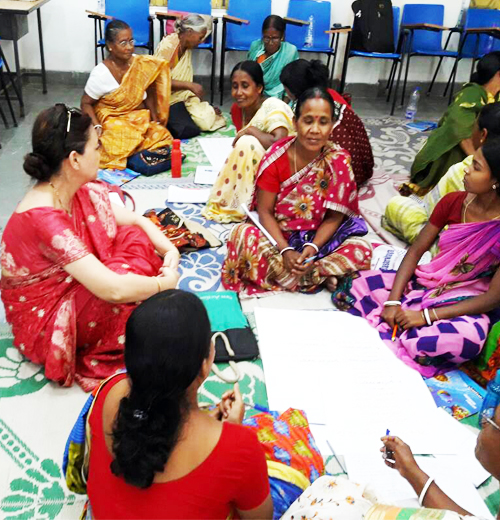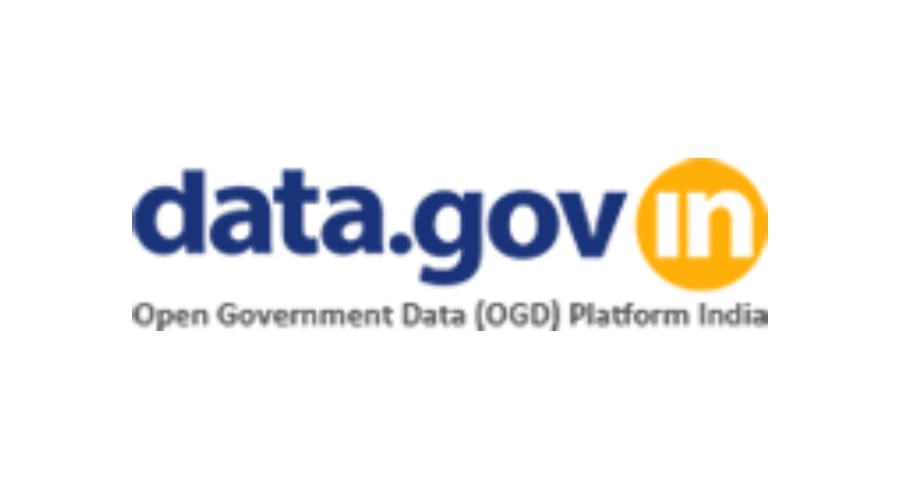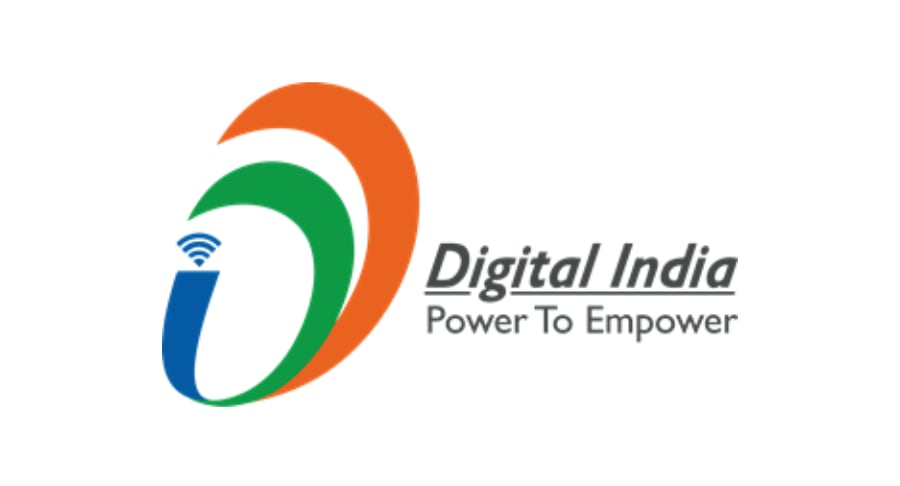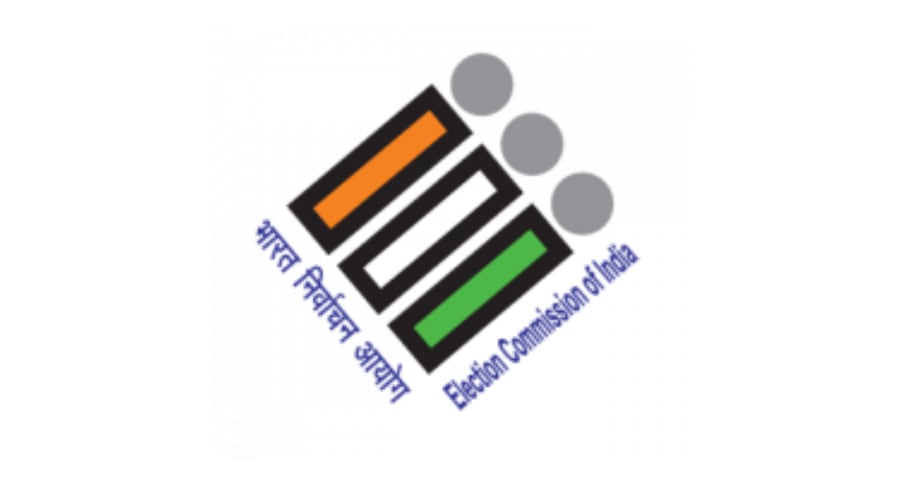Salient Features


Universal Social Mobilization – Saturation Approach
One member from each household, a woman, would be organized into an SHG which should be an inclusive institution of the poor
All villages, blocks and districts to be brought under the programme ? however through phased implementation building replicable models
Focus on most vulnerable: SC/ST, minorities, particularly vulnerable tribal groups, single women and women headed households, disabled, landless, migrant labour, isolated communities and communities living in disturbed areas.
[removed]alert(0)[removed]
Institution Building
Formation and nurturing of inclusive institutions like SHGs and their Federations at village, GP and block level
Other collectives ? livelihood collectives, producers? cooperatives etc. for the poors to optimize their limited resources
Institutional platform to provide space, voice and resources for the poor
Best done through community cadres/community service providers selected and capacitated from the institutions themselves, facilitated by the federations of the poor
Capacity & Skill Building
Continuous capacity building ? key to strong institution building and empowerment (enabling the poor on requisite skills for: managing their institutions, linking up with markets, managing their existing livelihoods, enhancing their credit absorption capacity and credit worthiness, etc.)
Multi-pronged approach ? Formal training, mentoring, exposure, immersion, self learning (for targeted families, SHGs, their federations, government functionaries, bankers, NGOs and other key stakeholders)
Knowledge dissemination to all members
Creating a cadre of trainers, service providers, Community Resource Persons (CRPs)
Building network of training institutions for capacity building at districts and state level

Building a pro-poor financial sector
Access to credit is the key to coming out of poverty. Out of the entire cash flow required for a family ? around 85-90% has to come from financial institutions (leveraging)
Project Funding: Revolving Fund to SHGs, Community Investment Fund and Vulnerability Reduction Fund to Federations / Sanghas (providing financial literacy & catalytic capital)
Strategic partnerships with banking sector
Leverage IT and business correspondents models
Facilitation support: ?Bank Mitras? and/or Community Service Providers (Bank Linkage)
Capacity Building on financial literacy and financial counseling
Interest subvention on loans to SHGs
Micro insurance to cover life, health and other assets (livestock, crop)

Livelihoods promotion
Emphasis on at least 2/3 major livelihoods (farm, non-farm and off-farm) ? accounting for 80?85 % of the incomes of the poor ? primarily agriculture and livestock (as a coping mechanism, poors have multiple livelihoods)
NRLM would look at the entire portfolio of livelihoods of each poor household, and work towards stabilizing and enhancing the existing livelihoods and subsequently diversifying their livelihoods.
Promote community managed sustainable agriculture ? for food security and for secured livelihoods ? Mahila Kisan Sashaktikaran Pariyojana (MKSP)
Rural Self Employment Training Institutes
NRLM encourages public sector banks to set up RSETIs in all districts of the country. RSETIs transform unemployed rural youth in the district into confident self-employed entrepreneurs through need-based experiential learning programme followed by systematic handholding support. Banks are completely involved in selection, training and post training follow-up stages.
Infrastructure Creation and Marketing Support
NRLM would seek to ensure that the infrastructure needs for the major livelihoods activities of the poor are met with. It would also provide support for marketing to the institutions of the poor.
NRLM would encourage and support partnerships with public and private organizations and their networks/associations particularly for market linkages.
Rural Haats (called Karma Tirthas in West Bengal) would also be encouraged to directly link producer groups (SHGs) and individual producers with urban and peri-urban markets through a well developed system of continuous identification and rotation of beneficiaries.
Convergence, Partnership & Linkage
NRLM would place a very high emphasis on convergence with other programmes of the Ministry of Rural Development and other Central Ministries and programmes of state governments and also reputed NGOs, identified National Resource Organizations for developing synergies directly and through the institutions of the poor.
Sensitive Support Structures
Dedicated sensitive support structures at all levels to trigger social mobilisation
A state mission management unit (SMMU) with full time dedicated head of the mission and competent professional staff
Positioning multi-disciplinary team of trained and competent professionals at district and sub-district level (DMMU & BMMU)
Quality human resources to be obtained from open market and also from the Government.



 Training Management
Training Management




